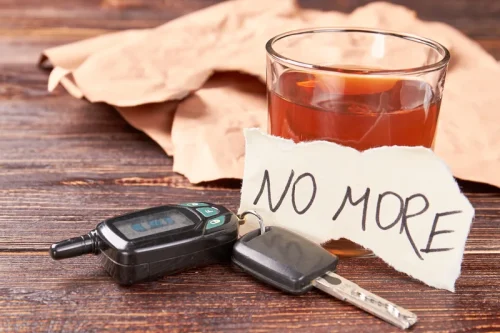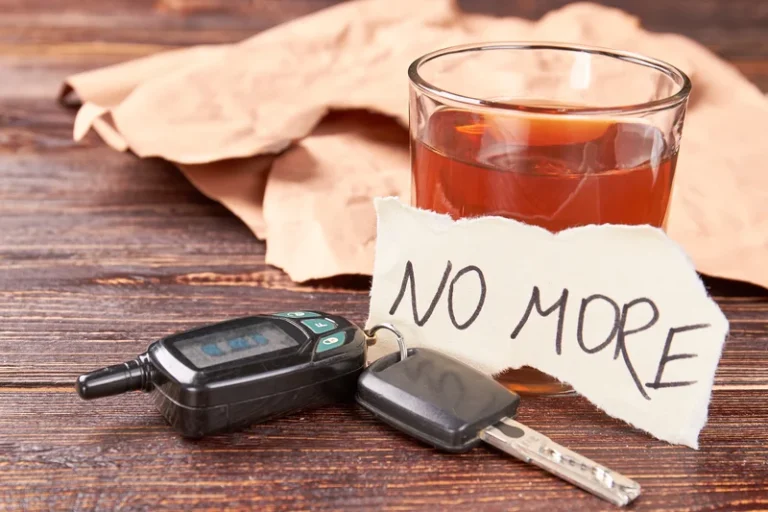
The main difference between Level 2 homes and Level 1 homes is with the way that they are governed. Most often, a supervisor is elected, and he or she is responsible for ensuring that residents comply with the rules and works to resolve any community complaints. Our helpline is available 24/7, free of charge, and without any obligation for you to enter treatment.
- They often include paid counselors and staff to assist patients in developing and following through with their aftercare plans.
- Halfway houses, like other recovery and sober-living houses, are intended to gently reintroduce tenants back into society, free from the pressures and triggers of a potentially dangerous home environment.
- Sober living homes are group homes for those recovering from drug or alcohol addiction.
- The house together as a team have established a work out area, a garden, expanded housing, and so much more coming soon.
- A final form is a service provider, which is more like an institutional provider.
Learning Center
If you’re having a hard time adjusting to a sober life, reach out to a mental health professional who specializes in addiction and substance use. Something important to note is that sober living houses are not the same as halfway houses. While they are both residences designed to support folks in maintaining sobriety and transitioning back into society, there are some key differences.
How Much Does It Cost to Live at a Halfway House?
We understand how difficult it can be to navigate a loved one’s substance abuse and find the right treatment program. With the proper guidance and care, your loved one can find success in recovery. Leaving the structure of the treatment program can be very disruptive to your sobriety, so treatment programs have strict schedules filled with counseling, group therapy, and participatory activities. The cost of a sober living home varies depending on a number of factors. Many sober living homes take insurance, so if you have insurance, call the number on the back of your insurance card to find out what is covered.
Best Sober Living Homes in North America
- If you have recently completed treatment, the staff can usually provide referrals to local, trustworthy sober living homes.
- Without the structure of a daily schedule and accountability of others around you, it can be easy to fall back into old habits that are not productive for your sobriety.
- That can be a good time to get to know future roommates and decide whether that particular house is best for you.
When researching a new home environment, check in with your intuition and speak with your clinical team and treatment specialists to explore safe and supportive living options. Nontreatment affiliated sober living homes tend to offer a length of stay like any rental tenancy. For example, you will generally rent on a month-to-month basis for an indefinite amount of time and be required to give a 30-day notice if you plan to vacate the premises.

Sober living staff may help connect residents with services such as educational and career training. By Julia Childs Heyl, MSWJulia Childs Heyl, MSW, is a clinical social worker and writer. As a writer, she focuses on mental health disparities and uses critical race theory as her preferred theoretical framework. In her clinical work, she specializes in treating people of color experiencing anxiety, depression, and trauma through depth therapy and EMDR (eye movement desensitization and reprocessing) trauma therapy.
What is the Purpose of a Halfway House?
- It includes building relationships, supporting others and practicing healthy ways to overcome triggers.
- The houses are run by residents and emphasize peer support as an essential component of recovery.
- After they undergo medical detox or rehab, a halfway house will be helpful if they need to transition over into real world living.
- This level of care is higher, though not formally the same thing as an intensive inpatient treatment program.
Some are run by private companies, others by nonprofit groups, and some even by former residents. What they all have in common is a shared commitment to staying free from drugs and alcohol to support everyone’s sobriety. If you have completed an addiction treatment program and would like help transitioning back into your everyday life, a sober living home may be helpful for you. After you, complete inpatient drug or alcohol rehab, your counselors and medical team will meet with you to discuss what’s next. During this conversation, you may learn about opportunities for transitional living.
Resuming work and other activities can be difficult after recovery, but living with people who understand your struggles can help. Sober living housing could be what you need to help you back on your feet. Residents may first move into homes with high Halfway House vs Sober Living levels of support and then transition to homes with lower levels of support. A 2006 study published in the American Journal of Public Health found that most Oxford House residents stayed more than a year, but some residents stayed more than three years.

Are Sober Living and Halfway Houses the Same?

The cost varies by the type of sober-living environment and length of stay. Some sober-living homes have a base rate with additional costs for added services. When you’re looking for a sober recovery home, be sure to ask what’s included in the monthly rate and what is extra. Some examples of additional services may include transportation to appointments, recovery coaching, meals and gym memberships. But when considering some of the services offered, make sure they’re services that help support your sobriety. Part of living in recovery is “showing up for life,” meaning doing things for yourself that make you a successful, contributing member of society.

As a halfway house resident, you can expect to follow a number of halfway house rules — a primary one being that of sobriety. Drugs and alcohol will be strictly prohibited and random drug testing will occur in order to ensure compliance. You will need to take the necessary steps toward recovery from your previous drug or alcohol addiction(s). Participation in group therapy and/or AA meetings or NA meetings might be expected of you. Just as well, there will be house chores that you are responsible for and a curfew that you must keep.
